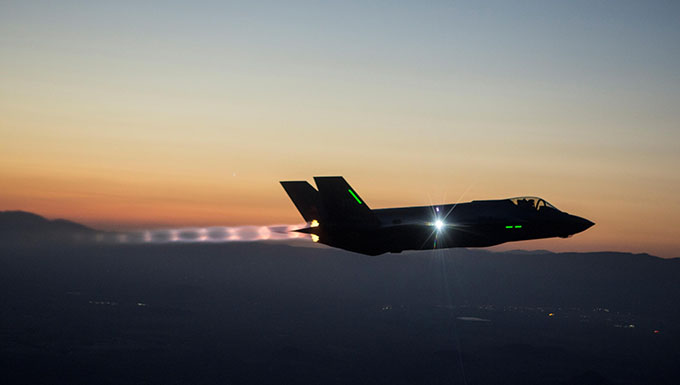
Propulsion constitutes a critical element of air power. The history of military propulsion systems follows the quest to attain faster speeds, greater range and higher altitudes. Without advances in propulsion systems, military aviation would not have grown from the first captive observation balloons into today's flexible, powerful and dominant U.S. Air Force.
Propulsion means to push forward or drive an object forward. This word is derived from two Latin words: pro meaning "forward" and pellere meaning "to drive." Thus, a propulsion system produces the necessary thrust to push an object forward. On an aerospace vehicle, the propulsion system creates thrust by accelerating a gas, or "working fluid," which can be either air moved by a propeller or exhaust from a jet or rocket engine. Propulsion system designers apply Sir Isaac Newton's Third Law of Motion -- for every action there is an equal and opposite reaction -- to drive an aerospace vehicle forward.
Note: This online exhibit is continually being developed and more content will be added as we move forward. Please revisit this page often for updates.
(Photo courtesy of Tom Reynolds)